Search Results
12 results found for ""
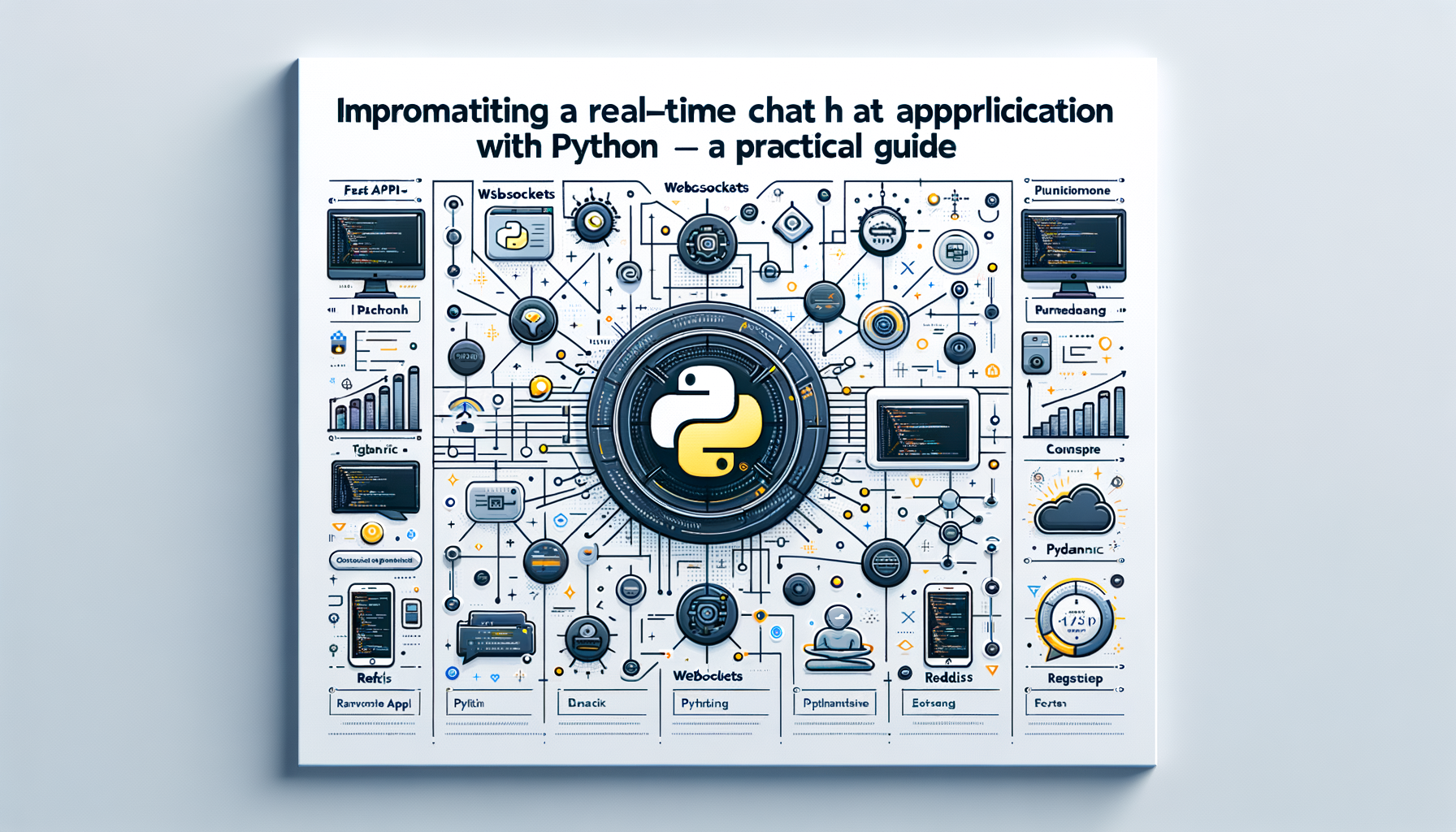
Build a scalable, real-time chat app in Python using WebSockets, FastAPI, and Pydantic. This step-by-step tutorial covers architecture, working code for server and browser clients, data validation, CLI utilities with Click, scaling tips using Redis and Dask, and production-ready best practices.

Dive into the world of Python's data classes and discover how they revolutionize the way you handle data structures, making your code more readable and maintainable. This comprehensive guide walks intermediate Python developers through practical implementations, complete with code examples and best practices, to help you streamline your projects efficiently. Whether you're building robust applications or optimizing existing ones, mastering data classes will elevate your coding prowess and reduce boilerplate code.
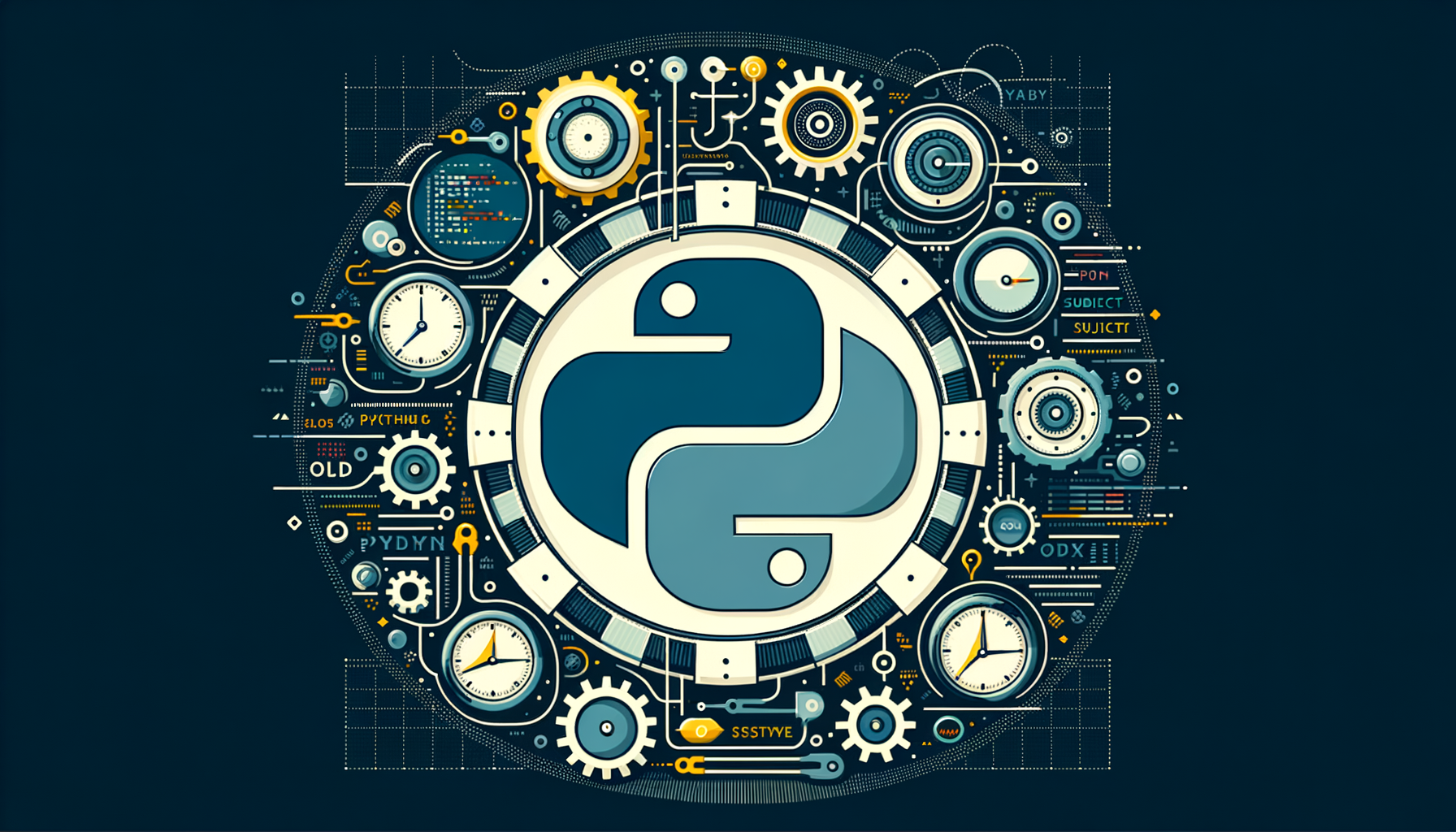
Learn how to implement the Observer pattern in Python with clear, practical examples—from a minimal, thread-safe implementation to real-world uses like automation scripts and event buses. This post walks you through code, edge cases, unit tests, and performance tips (including functools memoization) so you can apply the pattern confidently.
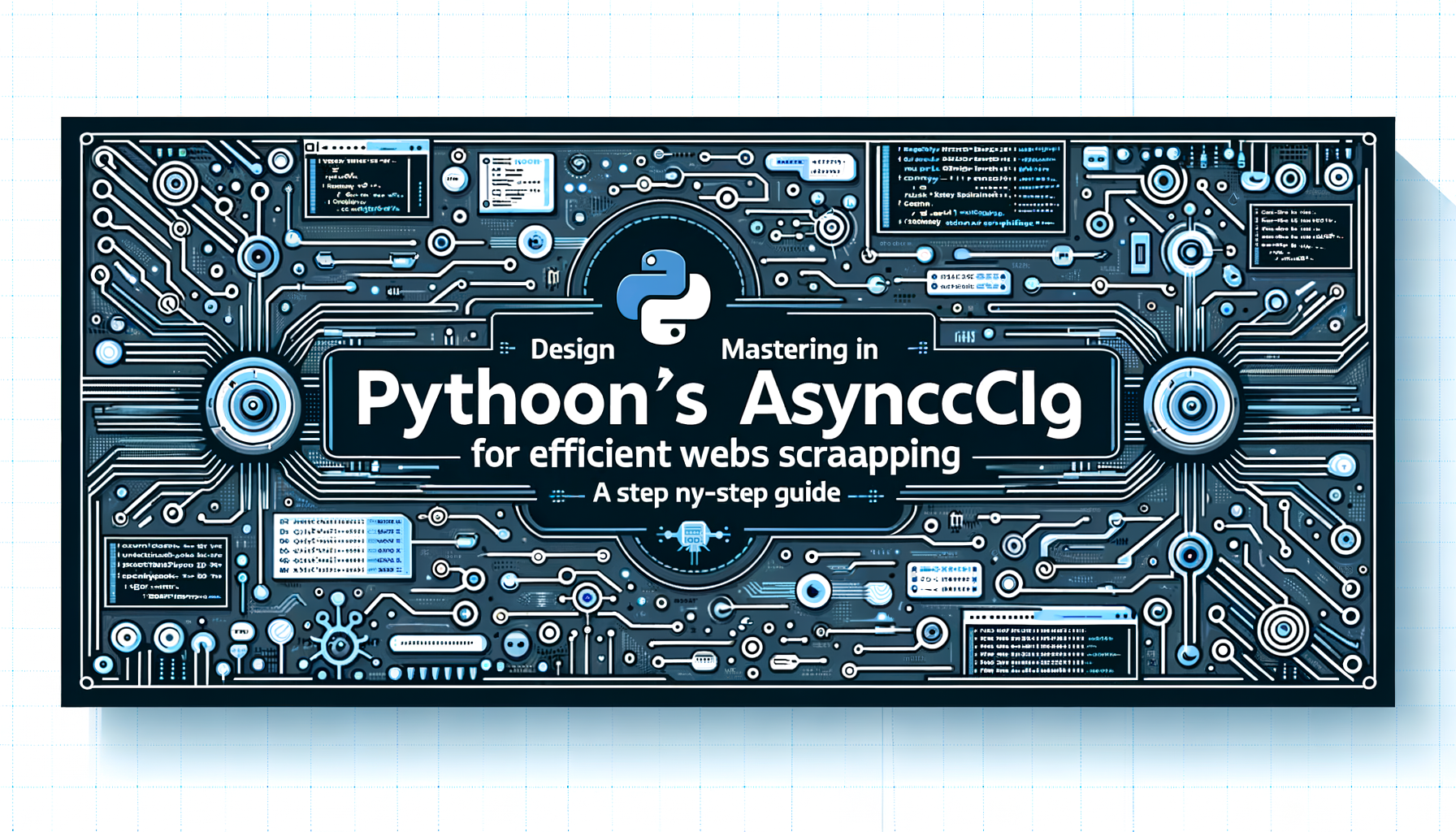
Dive into the world of asynchronous programming with Python's AsyncIO to supercharge your web scraping projects. This comprehensive guide walks you through building efficient, non-blocking scrapers that handle multiple requests concurrently, saving time and resources. Whether you're automating data collection or exploring advanced Python techniques, you'll gain practical skills with real code examples to elevate your programming prowess.

Learn how to build a production-ready real-time chat application using **Django Channels**, WebSockets, and Redis. This step-by-step guide covers architecture, async consumers, routing, deployment tips, and practical extensions — exporting chat history to Excel with **OpenPyXL**, applying **Singleton/Factory patterns** for clean design, and integrating a simple **scikit-learn** sentiment model for moderation.

Dive into the power of Python's f-strings, a game-changer for string formatting since Python 3.6, and discover how they streamline code in everyday programming tasks. This comprehensive guide breaks down their syntax, real-world uses, and best practices, making it easier for intermediate learners to create readable, efficient strings. Whether you're automating scripts or building web apps, unlock tips to elevate your Python skills and boost productivity.

Transforming raw data into clean, usable outputs is a core skill for any Python developer working with data. This post walks intermediate learners through practical, reusable patterns—generators, functional tools, chunking, and small pipeline libraries—along with performance and memory-management tips to scale to large datasets.
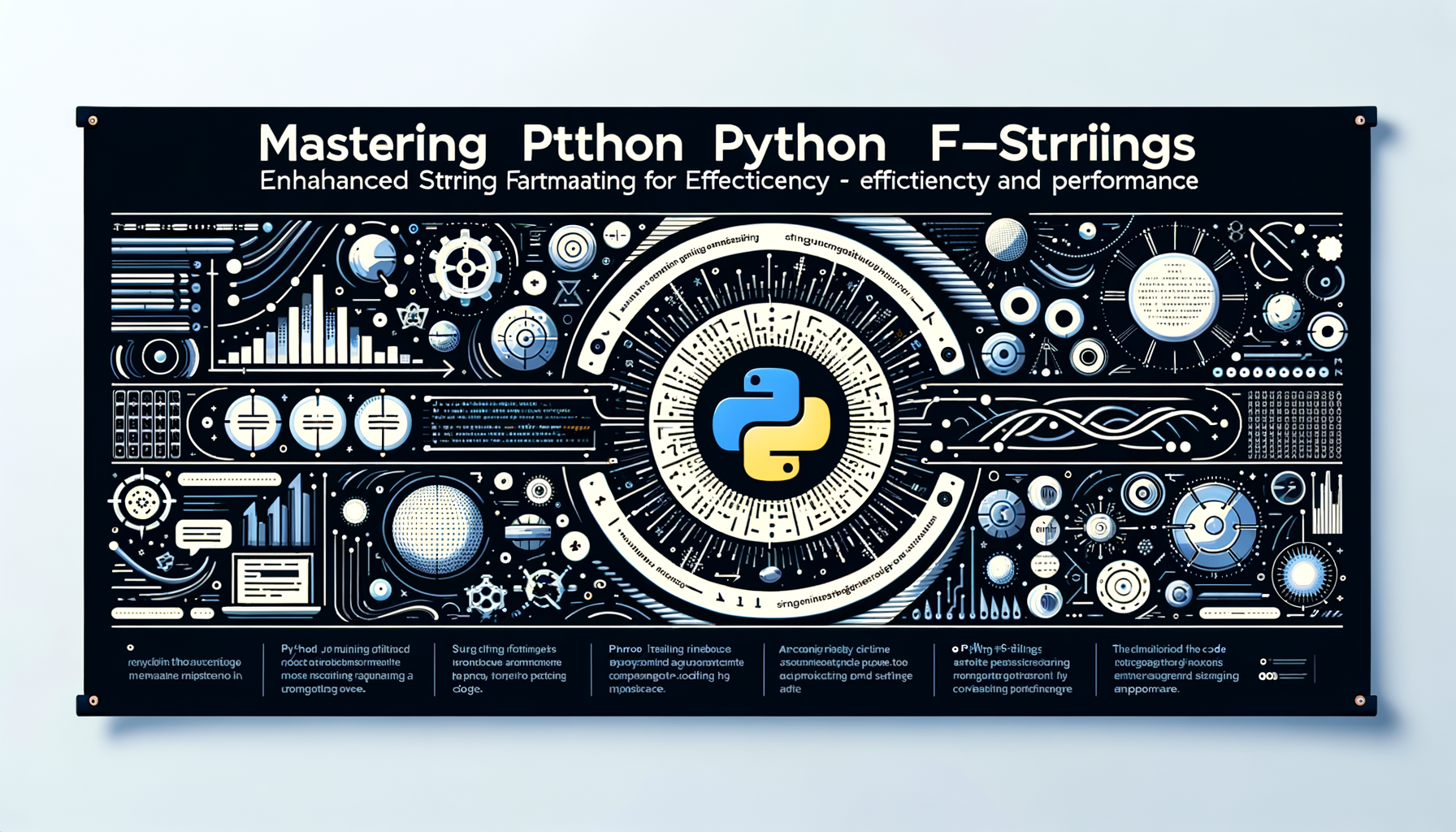
Dive into the world of Python's f-strings, a powerful feature introduced in Python 3.6 that revolutionizes string formatting with simplicity and speed. This comprehensive guide will walk you through the basics, advanced techniques, and real-world applications, helping intermediate learners elevate their code's readability and performance. Whether you're building dynamic messages or optimizing data outputs, mastering f-strings will transform how you handle strings in Python.
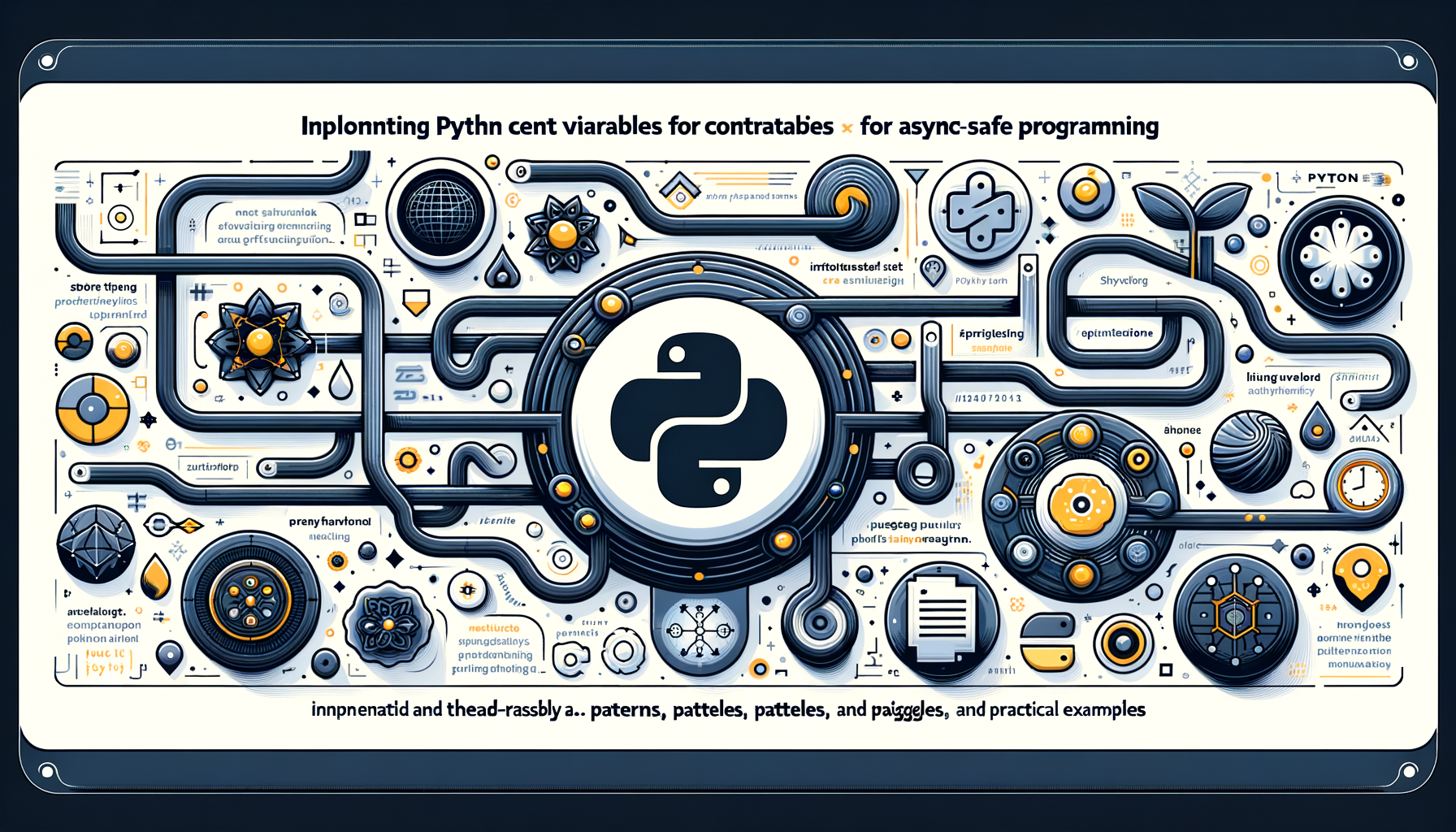
Learn how to use Python's **contextvars** for thread-safe and async-friendly state management. This guide walks through core concepts, pragmatic examples (including web-request tracing and per-task memoization), best practices, and interactions with frameworks like Flask/SQLAlchemy and tools like functools. Try the code and make your concurrent programs safer and clearer.

Dive into the world of Python context managers and discover how creating custom ones can revolutionize your resource handling, ensuring clean, efficient, and error-free code. This guide walks you through the essentials, from basic implementations to advanced techniques, complete with practical examples that you can apply immediately. Whether you're managing files, databases, or concurrent processes, mastering context managers will elevate your Python programming skills and make your applications more reliable.
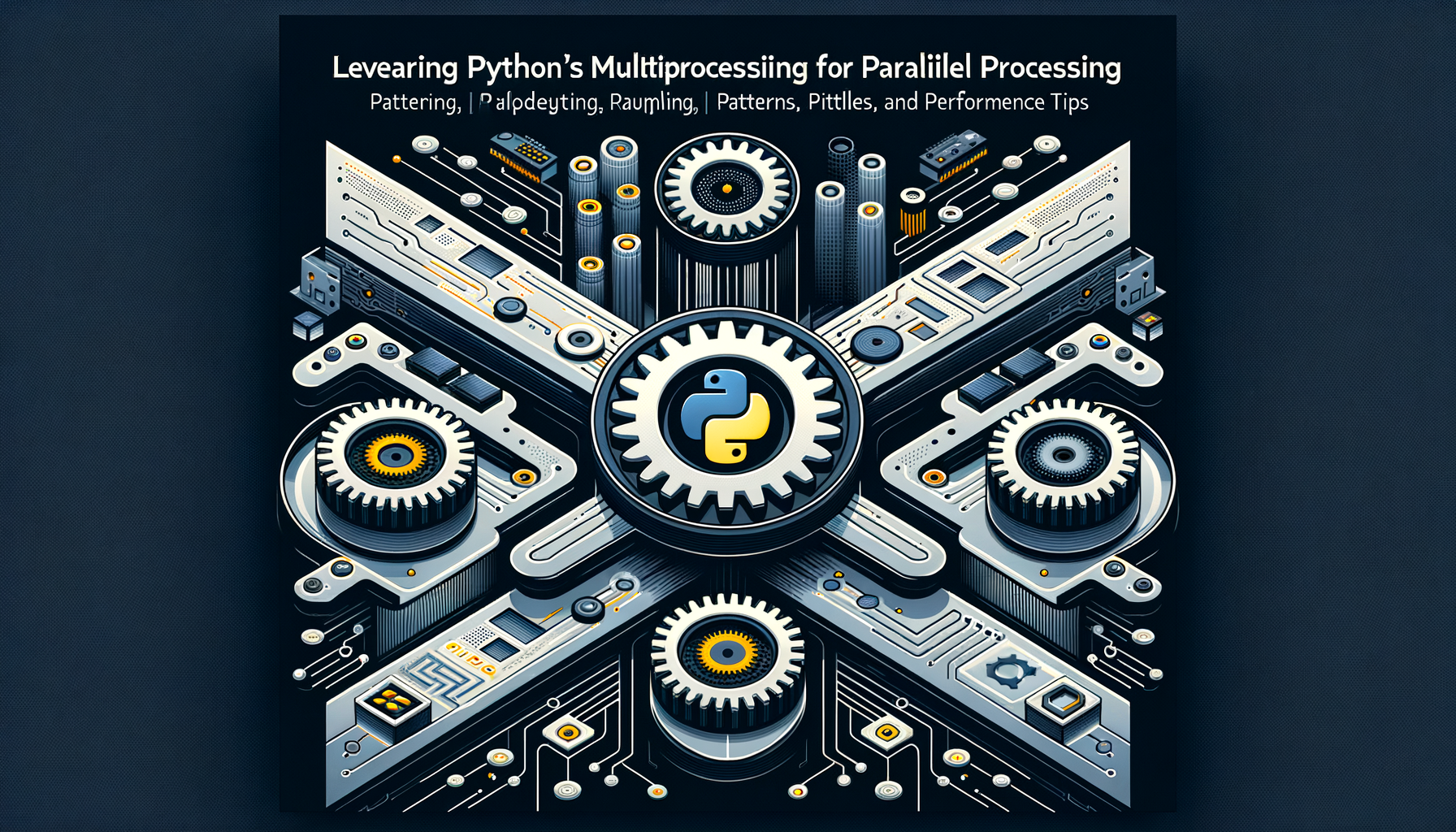
Dive into practical strategies for using Python's multiprocessing module to speed up CPU-bound tasks. This guide covers core concepts, hands-on examples, debugging and logging techniques, memory-optimization patterns for large datasets, and enhancements using functools — everything an intermediate Python developer needs to parallelize safely and effectively.

Dive into the power of Python's itertools module to transform your code from cluttered loops to elegant, readable iterator-based solutions. This comprehensive guide explores key functions like combinations, permutations, and groupby, complete with practical examples that boost efficiency and maintainability. Whether you're an intermediate Python developer looking to streamline data processing or optimize combinatorial tasks, you'll gain actionable insights to elevate your programming skills.